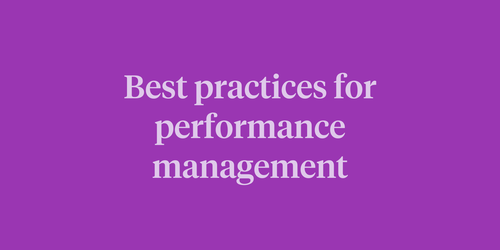
Article

Written by

Change Management & Customer Success Lead, Meeteor
On average, employees spend 6 hours, and managers spend more than 23 hours a week in meetings and growing, according to research. For an activity that takes up so much time and energy at the workplace, meetings are one of the most critical yet overlooked aspects of building a solid company culture.
At Meeteor, we’ve spent the past few years dedicated to improving meetings in organizations of all kinds. We’ve learned from hundreds of people about how meetings have impacted their work. In our book, Momentum: Creating Effective, Engaging, and Enjoyable Meetings, we feature stories and practices to help you reflect on your meeting culture. Here, we’ll share how meetings can support or sabotage your culture-building.
Culture is often considered “the way we do things around here.” It’s the set of beliefs and behaviors that direct people in how they act and interact. As a new hire joins your company, they may learn about your organization’s values and culture during the orientation and onboarding process, but they will also experience the actual culture in their daily interactions.
For example, let’s imagine a company states “transparency” as a core company value. How does it show up in meetings?
If the answers to these questions are mostly no, you’d need to re-examine whether the value of “transparency” is actually encouraged in day-to-day interactions like meetings. This presents an opportunity to implement practices that support this value instead of sabotaging it.
As Bob Pothier, Director of Partners in Leadership and a former GE executive, says, “The strongest message about how you want your culture to perform is embedded in how you conduct your meetings.” When you’re building a Culture First organization, you can’t ignore how your meeting practices are promoting or inhibiting the culture you desire.
While some meeting practices move you away from your desired culture, others reinforce a positive culture. A client came to us because she was frustrated with her team meetings. Before speaking with us, she had introduced new practices for goal setting and accountability, which were beginning to lead toward a result-driven culture.
Unfortunately, their meetings weren’t helping. Though they often had enjoyable conversations, they usually ran out of time and needed to schedule another meeting to finish. Meetings ended up taking a lot of time and energy, killing the team’s productivity.
After working with us to assess their meeting culture, they started implementing a practice called “desired outcome.” A meeting’s desired outcome is the specific result you want to achieve in the meeting.
Here are some of the ways they implemented the desired outcome throughout the meeting cycle:
After a few meetings, the leader and team members started to experience a shift and were delighted at how this one practice helped them transform their meetings. They’ve embraced a results-oriented mindset that applies to both their work goals and their meetings.
Meetings provide a unique opportunity to assess and drive culture. They occur throughout an organization, bringing people together from multiple departments and positions. Meetings are a space to generate ideas and insights, build relationships, and make decisions. They offer a multitude of opportunities to express the values your company embraces. But too often, your organizational culture proclaims to be one thing, but your meetings don’t reflect that. What do your meetings say about your current culture? What values do you want them to reflect?

Take action on anything from meetings and beyond